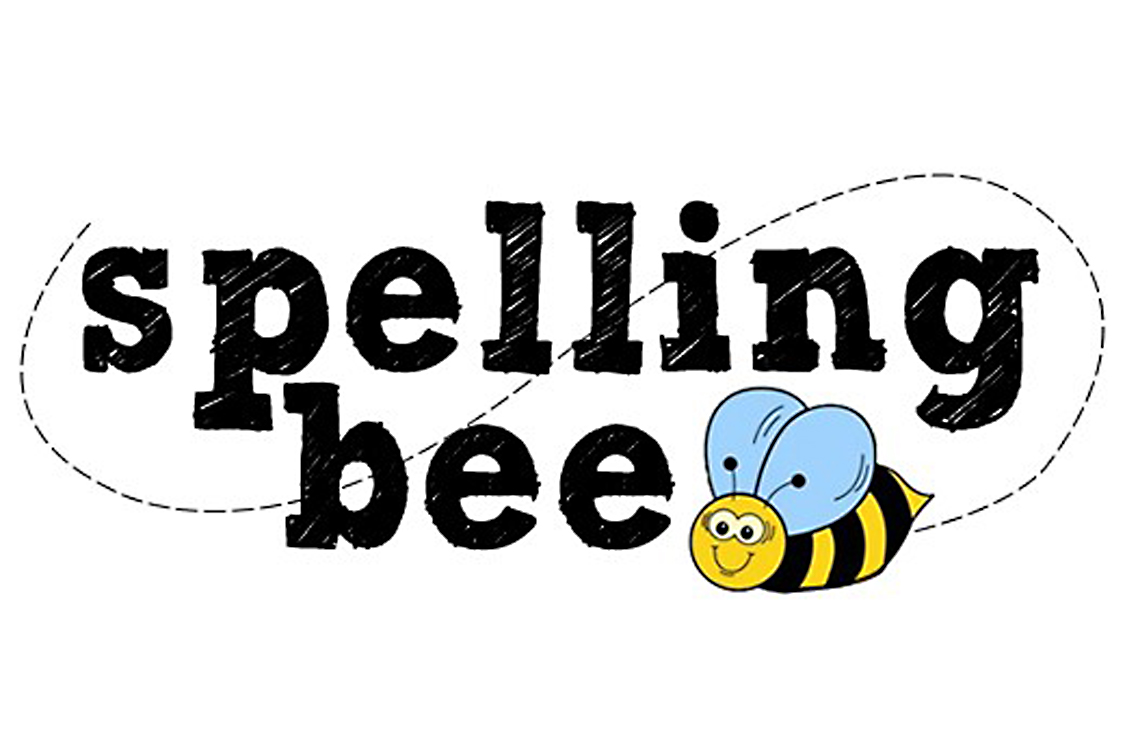

Many communicate on Twitter to share clues, post funny word combinations and vent about words that aren’t accepted (no proper nouns, contractions or slang words). The Hivemind: The Spelling Bee community - called The Hivemind - is a group of equally obsessed Bee fans. On some holidays, like Halloween, she even wears a costume. I also love Beeatrice,the game’s bee mascot that greets you every morning and congratulates you when you reach Genius and/or Queen Bee. It has a clean, hexagonal design that resembles a bee hive - a nice, clutter-free escape when I’m feeling overwhelmed, anxious or bored. Spelling Bee is a word game you can play by yourself, and now that it’s on The New York Times’ Crosswords app, I can play it anywhere, anytime. Why I’m obsessed: I’ve always loved word games - crossword puzzles, Boggle, Bananagrams (not Scrabble because that’s a math game. But we truly addicted, we continue playing until we reach the secret Queen Bee level that appears once all words have been found. It takes a high number of points to get there, and once you do, the game stops. What’s the ultimate goal?: Most people work through the levels - Beginner, Good Start, Moving Up, Good, Solid, Nice, Great and Amazing - until they get to the coveted title of Genius.

The game’s main objective (at least for me) is to find the pangram as quickly as possible because this is a game that tallies up points (longer words = more points) and you move up levels based on points versus words. Tell me more: There’s at least one pangram in every Spelling Bee - a word that uses all of the letters. Created by The New York Times, the object is to make as many words as possible from a set of seven letters - the catch is you have to use the center letter at least once. What I’m obsessed with: While everyone on the internet is going crazy for the online word game, Wordle, I want to acknowledge the original addictive word game, Spelling Bee. San Diego Union-Tribune editors and writers share what they’re currently obsessing over.


 0 kommentar(er)
0 kommentar(er)
